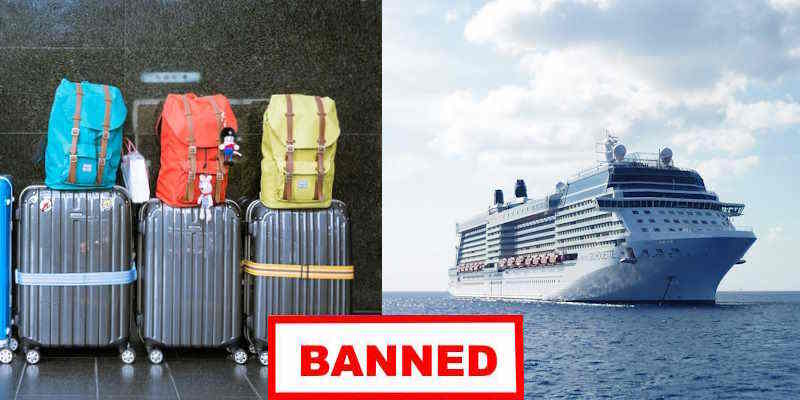Think your 2025 vacation is all set? Think again! New travel rules are coming — and they could ruin your dream getaway if you’re not prepared. From surprise fees to passport pitfalls and even cruise ship bans, these changes could leave you stranded, fined, or worse. Here’s what you NEED to know to stay ahead of the game — and save your vacation.
1. The €7 Mistake That Could Stop Your European Vacation Cold

Starting in mid-2025, cruisers from over 60 visa-exempt countries, including the U.S., Canada, and the U.K., will need ETIAS authorization, a €7 permit, to visit Schengen Area destinations like Italy, Spain, and Greece. The application, which costs €7 and is valid for three years, is simple and can be completed online in just 10 minutes. Make sure to apply at least 72 hours before departure to account for any processing delays.
The ETIAS rollout will follow the launch of the Entry/Exit System (EES), a separate initiative designed to modernize border management and improve security. The EES, expected to begin earlier in 2025, will require non-European travelers to submit personal data, as well as entry and exit dates, when crossing Schengen borders. This system will track visa-free travelers and enforce the 90-day stay limit within a 180-day period.
This rule affects cruisers planning itineraries in popular destinations such as Italy, France, Spain, and Greece, as well as those stopping at Schengen ports during transatlantic or river cruises. Although approvals are usually fast, it’s best to sort out your paperwork ahead of time to steer clear of any delays.
Fee exemptions apply for travelers under 18, over 70, and certain family members of EU citizens, making this a manageable requirement for many. However, cruisers should plan ahead to ensure smooth entry into Europe and make the most of their upcoming voyages.
2. New UK Rule That Could Block Your Entry at the Border
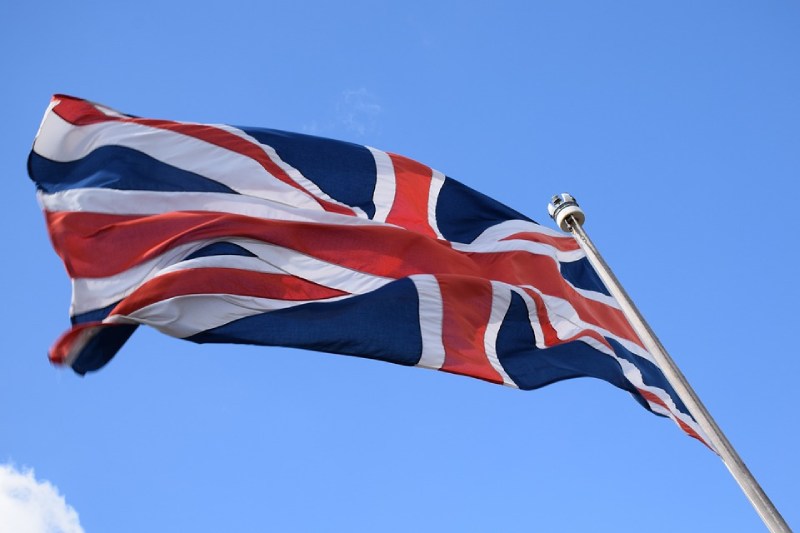
Starting January 8, 2025, travelers from non-European visa-exempt countries, such as the U.S., Canada, and Australia, will need a UK Electronic Travel Authorization (ETA) to visit or transit through the UK. Applications for these travelers opened on November 27, 2024.
For European visa-exempt travelers, the ETA requirement begins on April 2, 2025, with applications available from March 5, 2025.
The ETA costs £10 per person and is valid for two years or until the associated passport expires. Applying for an ETA is straightforward and can be done online or via the UK ETA mobile app. While approval is typically granted within minutes, travelers should apply at least three days in advance to avoid any potential delays. Once approved, the ETA allows multiple visits of up to six months during its validity period.
With ETAs becoming a must for UK travel, there’s no better time to ensure your whole trip is covered, from bookings to unforeseen mishaps. Missed flights, delayed cruises, or unexpected cancellations can ruin your vacation fast. Don’t leave it to chance — read our guide on travel insurance for cruisers and cruise with peace of mind.
3. U.S. Travelers: This New ID Rule Could Ground Your Flight
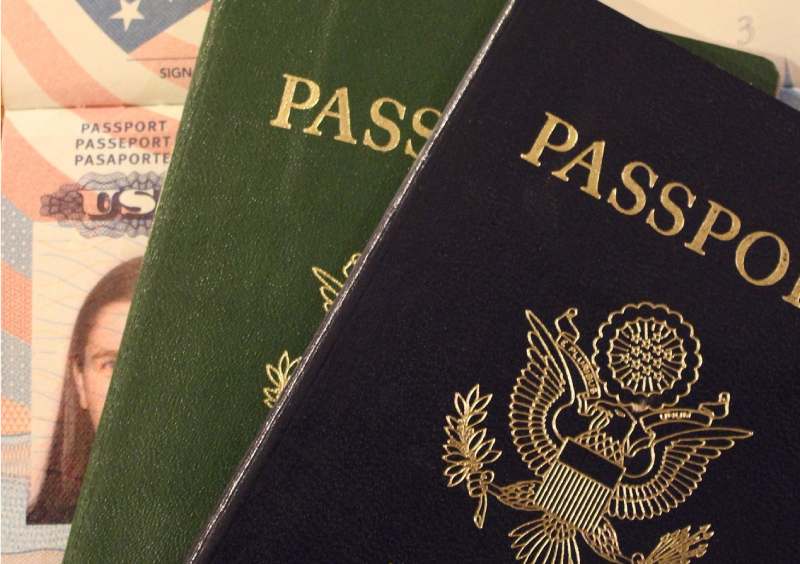
Starting May 7, 2025, U.S. travelers aged 18 and older will need a REAL ID-compliant driver’s license or other federally accepted identification to board domestic flights and access federal facilities. This new rule means cruisers flying to or from U.S. ports like Miami or Seattle must ensure they have the correct identification to avoid disruptions to their travel plans.
To obtain a REAL ID, travelers must visit their local Department of Motor Vehicles (DMV) in person. You’ll need to provide documents such as a valid passport or birth certificate, Social Security card, and proof of your current address. Make sure to apply in advance to account for processing delays.
For those without a REAL ID, alternative IDs like a valid U.S. passport or DHS Trusted Traveler card will also be accepted.
4. Airline Sneak Fees: The Hidden Costs That Could Blow Your Budget
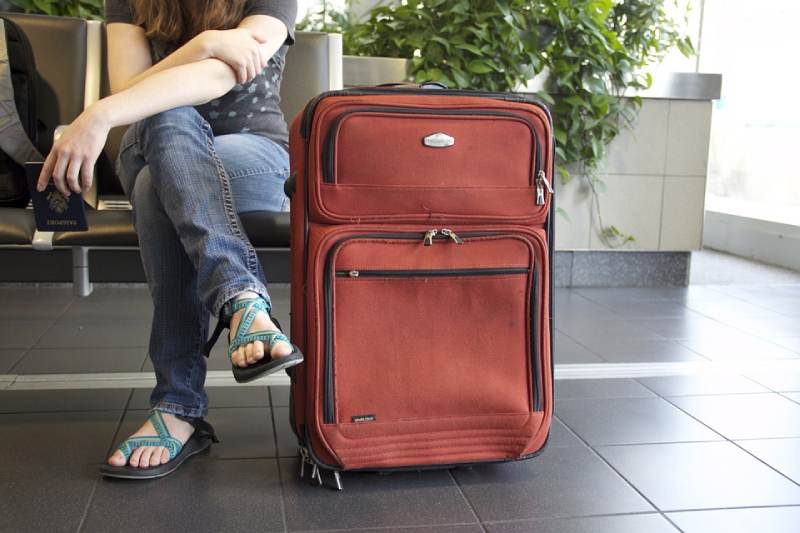
Starting January 2025, Air Canada will implement new fees for Basic Economy passengers, including charges for carry-on baggage. While travelers can bring one small personal item, such as a purse or laptop bag, larger carry-ons will cost $25, with additional fees for extra bags. Those who show up at the gate with oversized or ineligible items will face a $65 gate-check fee, so make sure to pack within the rules to avoid surprises.
In addition, as of January 21, 2025, Air Canada will require Basic Economy passengers to pay for seat selection. Prices for selecting seats will vary, adding another potential cost for cruisers flying to ports like Miami or Vancouver.
If you’re planning on a cruise that requires flying with Air Canada, it’s worth budgeting for these changes or exploring other ticket options if flexibility is important to you. For extra preparation, I also recommend you read our must-know guide on 30 cruise packing mistakes you can’t afford to make.
5. Ryanair’s Digital-Only Rule: What Happens If Your Phone Dies?
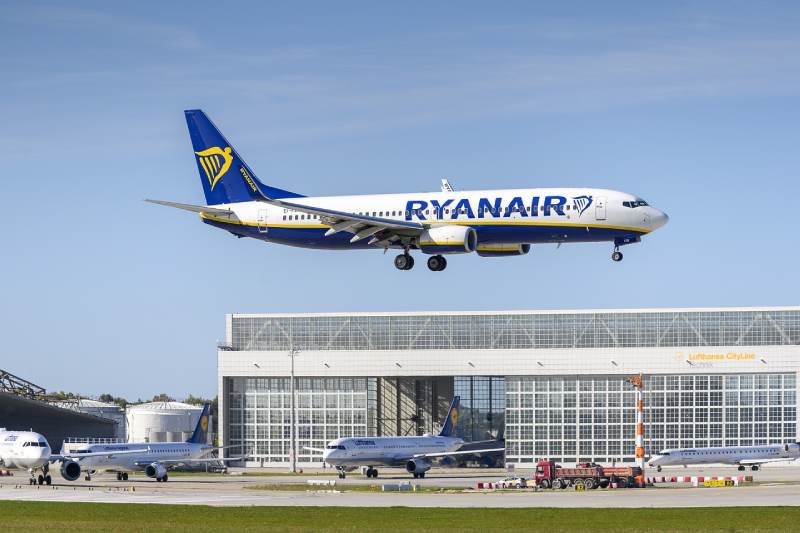
Starting in May 2025, Ryanair will eliminate paper boarding passes, requiring all passengers to use digital boarding passes via their app. Cruisers flying with Ryanair for European river or Mediterranean itineraries should prepare for this shift by ensuring they can access the app for a smooth check-in and boarding experience.
For your digital boarding passes, download the Ryanair app for Android here and for iOS here.
6. Cruise Fans Beware: The Arctic Adventures Facing Major Cuts

Starting January 1, 2025, Norway will introduce new rules for cruises visiting Svalbard to protect its Arctic ecosystem. Ships carrying more than 200 passengers will no longer be allowed in protected areas. Landings will also be restricted to 43 designated sites, with only small groups of visitors allowed ashore at a time.
The regulations include stricter rules for wildlife viewing, such as maintaining a 980 ft. to 1640 ft. (300 to 500 meter) distance from polar bears and a 490 ft. (150-meter) distance from walruses, making close encounters more difficult. The use of drones in national parks will be banned entirely, and snowmobiles will face restrictions in certain fjords after March 1 to further minimize disturbances to wildlife.
The new Svalbard regulations are unlikely to significantly disrupt most cruises but will require more environmentally conscious itineraries. Passengers may notice fewer wildlife encounters, as stricter rules for observing polar bears and walruses will make close-up sightings rarer.
7. Surprise Port Fees in 2025: Why Greece and Mexico Will Cost You More

Starting in 2025, Greece will introduce new arrival fees for cruise passengers to address overtourism and improve local infrastructure. Popular islands like Santorini and Mykonos will charge a €20 per-person fee during the peak summer months, while less-visited destinations like Rhodes and Crete will impose a €5 fee.
Mexico will also implement a $42 per-person immigration tax beginning July 1, 2025. This tax applies to all cruise passengers docking in Mexican ports, regardless of whether they disembark. Destinations such as Cozumel, Puerto Vallarta, and Cabo San Lucas will be affected.
The new fees and taxes are expected to be included in cruise fares, leading to slightly higher costs for itineraries in Greece or Mexico. That said, the increases are minor and unlikely to significantly affect your overall cost by much.
With rising port fees in places like Greece and Mexico, cruising costs can quickly add up. Want to keep your trip affordable? Here’s a guide to getting the best cruise deals and avoiding unnecessary costs.
8. Cruise Port Limits: The New Visitor Caps That Could Derail Your Plans
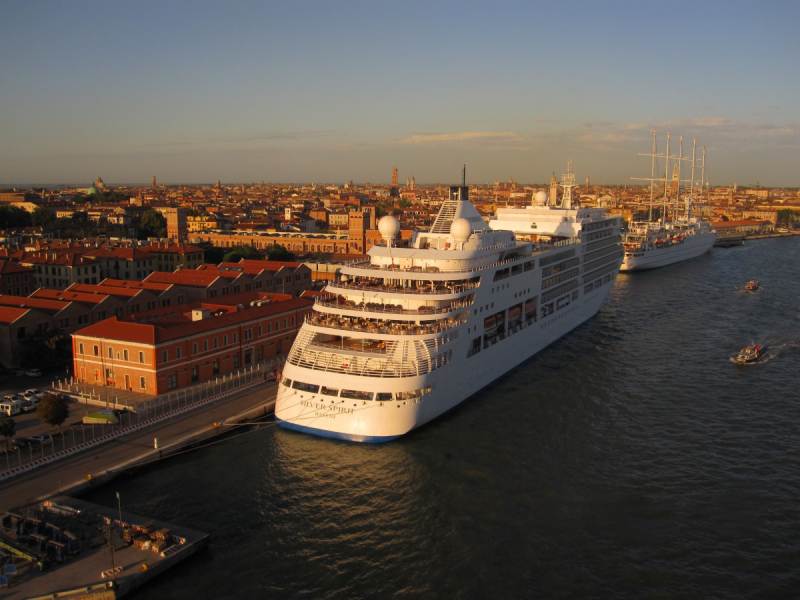
In 2025, several popular cruise destinations will introduce new rules to manage the impact of tourism. Bar Harbor, Maine, will limit the number of cruise passengers who can disembark each day to 1,000. Similarly, Santorini plans to cap the number of daily visitors allowed from cruise ships to better manage crowds and protect its sites.
Venice, Italy, will also require large cruise ships to dock at industrial ports instead of navigating its historic canals. In Ibiza, Spain, only two cruise ships will be allowed to dock at the same time, a move to prevent congestion and ease pressure on local infrastructure. Additionally, Jervis Bay, Australia, has decided against allowing cruise ships to dock in its marine park to protect the local environment. Cruise ships will only be permitted to enter the bay in emergencies.
With costs on the rise and travel rules evolving, taking time to plan ahead will save you from headaches later. Staying informed about the rules passengers love to break can also save you from unexpected issues during your trip.

